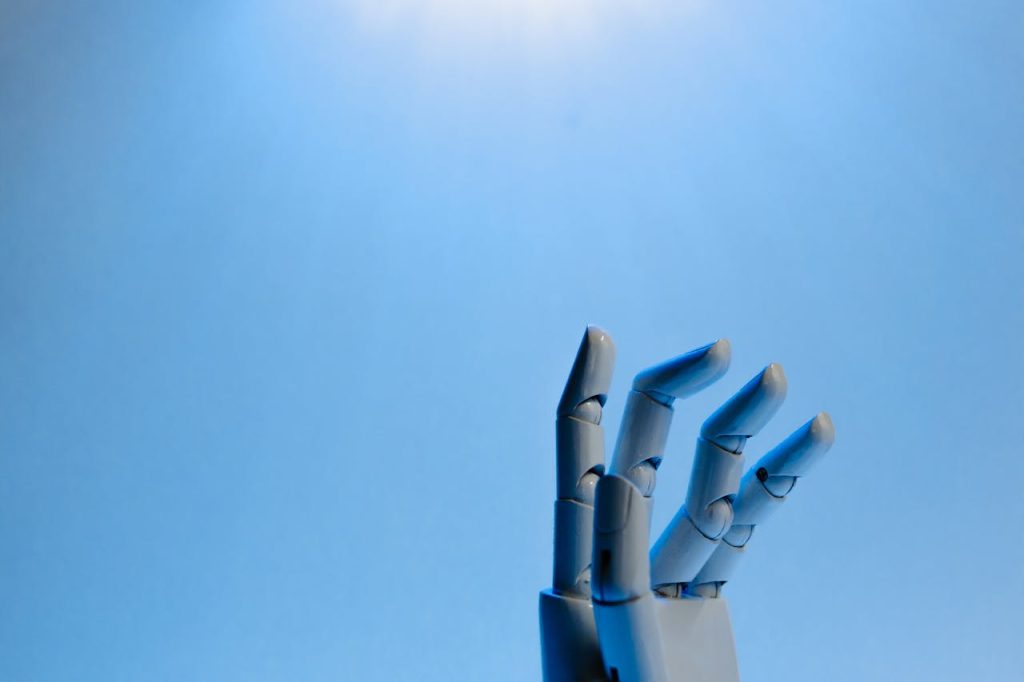The development of humanoid robots represents a remarkable achievement in the field of robotics. These human-like machines have captured the imagination of scientists, engineers, and enthusiasts alike. To understand the journey of humanoid robots, we must delve into their history and explore when the first humanoid robot was invented. In this article, we will take a fascinating trip back in time to uncover the origins of the first humanoid robot and the significant milestones that have paved the way for their evolution.
The First Steps: George Devol’s Unimate
The birth of the first humanoid robot can be traced back to the mid-20th century. In 1954, American inventor George Devol unveiled the Unimate, which is widely recognized as the first digitally operated and programmable robot. Although not a perfect human replica, the Unimate possessed a mechanical arm that could perform various tasks, including lifting objects and welding. Devol’s creation laid the foundation for the development of humanoid robots and sparked a revolution in industrial automation.
Shakey the Robot: Advancements in Human-Like Mobility
While the Unimate showcased the potential of robotic automation, it was Shakey the Robot that marked a significant advancement in humanoid robotics. Shakey, developed by the Stanford Research Institute in the late 1960s and early 1970s, was equipped with wheels and a camera-based perception system. This allowed Shakey to navigate its environment, recognize objects, and plan its movements. Although Shakey was not designed to resemble a human physically, its capabilities in mobility and perception set the stage for future humanoid robots.
WABOT-1: The First True Humanoid Robot
In 1973, researchers at the Waseda University in Japan introduced WABOT-1, considered the first true humanoid robot. WABOT-1 stood approximately 1.5 meters tall and featured a human-like head, arms, and legs. It was capable of performing basic movements, such as walking, grasping objects, and even communicating through a speech synthesis system. WABOT-1 demonstrated significant progress in replicating human form and capabilities, establishing a new milestone in humanoid robot development.
ASIMO: Honda’s Iconic Humanoid Robot
One of the most recognizable humanoid robots in recent history is ASIMO, developed by Honda. ASIMO made its debut in 2000 and showcased remarkable advancements in humanoid robotics. Standing at 130 centimeters tall, ASIMO possessed advanced mobility, capable of walking, running, climbing stairs, and even navigating uneven terrain. It had the ability to recognize faces, interpret voice commands, and interact with humans in a natural and intuitive manner. ASIMO’s advancements pushed the boundaries of humanoid robot capabilities and captivated audiences worldwide.
Contemporary Humanoid Robots: Recent Innovations
In recent years, humanoid robotics has seen a surge of innovation and development. Several companies and research institutions are actively working on creating humanoid robots with increasingly sophisticated capabilities. From improved mobility and dexterity to enhanced perception and artificial intelligence, contemporary humanoid robots showcase the progress made in replicating human-like form and behavior. These robots are being utilized in various industries, including healthcare, education, and entertainment, revolutionizing the way we interact with technology.
Conclusion: A Journey of Human-Like Machines
The invention of the first humanoid robot by George Devol in the 1950s laid the foundation for a remarkable journey of technological advancement. From the Unimate to Shakey, WABOT-1 to ASIMO, and beyond, humanoid robots have evolved, pushing the boundaries of what was once considered science fiction. The development of humanoid robots continues to captivate the imaginations of researchers and engineers worldwide, as we strive to create machines that resemble and interact with humans in increasingly sophisticated ways. The future holds endless possibilities for humanoid robots, opening new doors to collaboration, assistance, and exploration.

